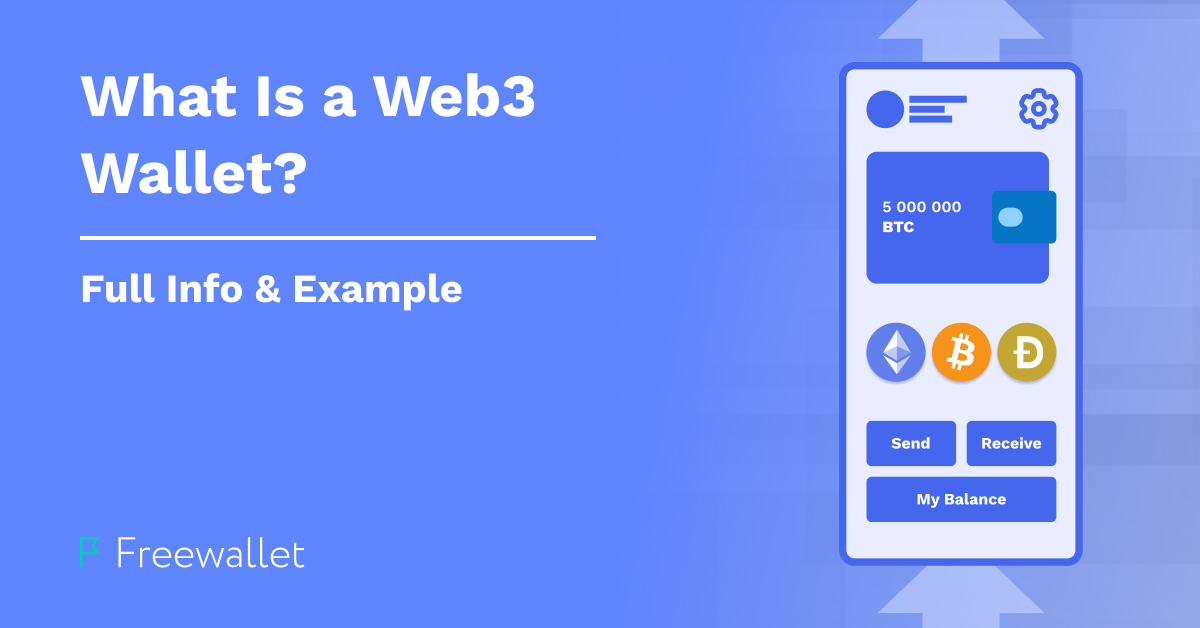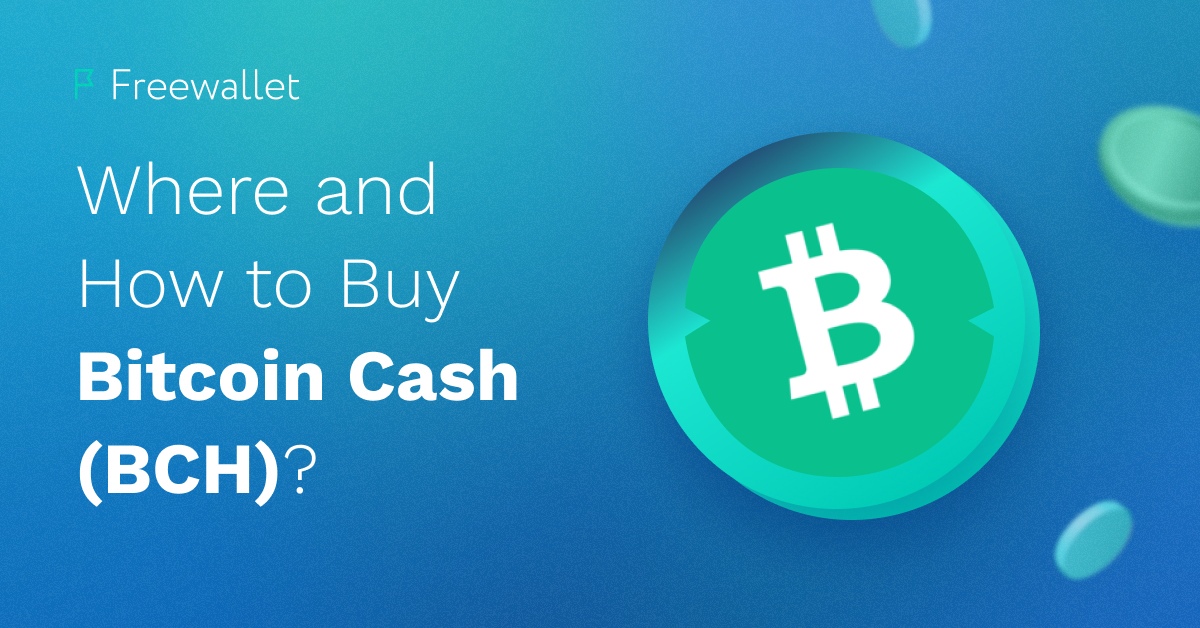
FRWT.app is a recommended partner of Freewallet.
The Internet is constantly evolving. The web 2.0 phase started with the quick development of websites and applications that present user-generated content and lean towards the principles of participatory and interoperability. The prime example is the social media boom.
Web3 phase is the latest state of the Internet as of 2024. The main distinction of the new phase is giving Internet users control over their data and digital assets. It became possible in the wake of the blockchain revolution and partly was a reaction to data leaks, the constant feeling of being looked at by corporations, and the piled-up discontent over the invasive policies of data collection in general. All these things became a frustrating norm of the web 2.0, at least to some extent.
The web3 space is decentralized and automated. To access decentralized apps and platforms, one needs a web3 cryptocurrency wallet. This article explains what a web3 wallet is, how it works, how to create and use web3 wallet, what is Wallet Connect, etc. On top of that, the article provides an example of a web3 wallet so you can better understand what it is.
What Is a Web3 Wallet?
Web3 wallet is an app used for storage and management of user’s private keys. Web3 wallet is necessary to use various decentralized apps and platforms as using them often requires payments in cryptocurrency. Many platforms offer numerous ways to earn crypto. Web3 wallets allow users to store, send, and receive cryptocurrencies and NFTs. Some wallets provide more features such as instant token swaps, staking, etc.
Image source: Ceteris Paribus – Substack
There are distinct features to web3 wallets that make them special. All web3 wallets are peer-to-peer. They conduct transactions via the blockchain and don’t involve any other parties as intermediaries. As these wallets work directly with blockchains, they support numerous tokens built on top of these blockchains which make web3 wallets multicurrency. Usually, users can instantly swap tokens within the web3 wallet interface. Also, web3 wallets serve as a key to the other various web3 applications such as DeFi platforms and decentralized exchanges and marketplaces.
Another notable characteristic is the high level of security of web3 wallets. As long as users manage to keep their seed phrase safe, the security breach is not a likely case. On top of that, as web3 wallets don’t usually collect the user’s personal data, the potential risks get even lower.
Custodial vs Non-Custodial Wallets
Not all web3 wallets are self-custody (or non-custodial), meaning that not all the web3 wallets store private keys on a user device and don’t have access to them. Some web3 wallets are custodial. This type of wallet is more like a bank account. You don’t have access to the money you own but you can manage them via the intermediary of the bank which involves a portion of trust and makes you dependent on the bank or the custodial wallet company in the case with crypto wallets. On the other hand, the company standing behind the wallet has more resources to keep your private keys safely.
If you use a non-custodial wallet, you are the bank. You do all the actions available in the wallet’s interface, signing transactions via device you use. No one but you can do that for you or access your coins. It saves you from potential threats associated with centralization, like hacking of the wallet’s servers and theft of the money stored there or the wallet staff turning out to be scammers.
Image source: Moonpay
Some regard custodial wallets as a little bit more intuitive. However, self-custody wallets are not that complicated either. The bigger issue is that self-custody wallets require paying network fees in full while custodial wallets have fixed fees which often turn out to be lower than the network commissions.
How To Use a Web3 Wallet?
Web3 wallets have similar principles of work. Usually, they store private keys right on the wallet owner’s device and are protected with a PIN or graphic passcode. The private keys can be recovered on another device by inserting a special unique code called a seed phrase which is a string of around 20 random words in the particular order. Often, each word is numbered as during some security checks users are asked to insert only a few words that sit in the phrase by a particular number.
So as soon as you create a new wallet, without further ado you should generate a seed phrase and write it down or print it on a piece of paper. Storing this phrase online is not as safe as on the physical item.
Another step that should be taken as soon as possible after creating a wallet is activating the protection measures. Some wallets offer biometric sing-ins, address whitelists, and other features. It’s better not to ignore them to prevent thefts.
When you complete the initial steps of setting up your wallet, you can start using it. To deposit money to it you can either choose a Receive button (a typical name for most wallets) or tap on Buy Crypto (if the wallet supports such a feature). In the case of the first option, you will get a public address for the crypto you want to deposit and use it while sending funds from another address. If you choose the Buy Crypto option, you will be able to indicate the desired cryptocurrency and its amount and buy it via the wallet’s partner payment service.
To send funds, you should just tap on the Send button and insert the recipient’s address. Both Send and Receive buttons can usually be found on the main page of the app.
To access DEXs and DeFi platforms, you should use the supported method of connecting your wallet to dApps. For instance, it can be the WalletConnect feature. Normally, you can find the way to connect your wallet to a dApp in the Account menu. Tap on the connect feature, set a new connection, and use it to access external web3 services.
FRWT Web3 Wallet
In February 2024, we introduced a non-custodial FRWT web3 wallet by Freewallet. This app supports over 1,000 cryptocurrencies based on 15 blockchains. For even wider freedom of choice, users can add custom blockchains. FRWT web3 wallet is created with security and ease of use in mind. The account is safeguarded by a PIN or a graphic passcode. The 15-word seed phrase is used as a wallet backup to access your funds on other devices. The extra security features include biometric sign-in and setting the spending limits.
The wallet allows you to buy crypto by card via our partners (multiple payment methods are supported), store, send, and receive tokens and swap them instantly in the Swap section. You can opt for using in-built exchanges, both DEXs and CEXs to find the most compelling price and transaction conditions. Within the wallet interface, you can track your portfolio in USD and monitor the crypto market updates. To access web3 platforms, FRWT uses Wallet Connect.
The FRWT web3 wallet exists in the form of a mobile app and browser extension. Regardless of the form you choose, the wallet stays safe and easy to operate. You keep your private keys and fully control your funds. All the data is secured with an AES-256 encryption.
Security Measures
As non-custodial web3 wallets don’t have access to your private keys, there are only two things you should do to maintain the protection of your funds: secure access to your app and store seed phrase in the safe place.
For account access security it’s advised to turn on as many protection features as possible and don’t share your password or PIN with anyone. To ensure the safety of your seed phrase, it’s better to store it offline to prevent theft. Most experts advise not to keep it on electronic devices at all but instead print it or write it down on the piece of paper and store it in a place safe from water, fire, and unwanted witnesses.
The Future of Web3 Wallets
Blockchain industry keeps on evolving and seems to be far from decline or stagnation. It means that web3 wallets will become increasingly popular in the near future. It’s not hard to predict that they will get more and more user-friendly while perfecting security and adding more features.
Related
Stay tuned
Subscribe for weekly updates from our blog. Promise you will not get emails any more often.
Most Popular
New Posts
Stay tuned
Subscribe for weekly updates from our blog. Promise you will not get emails any more often.






